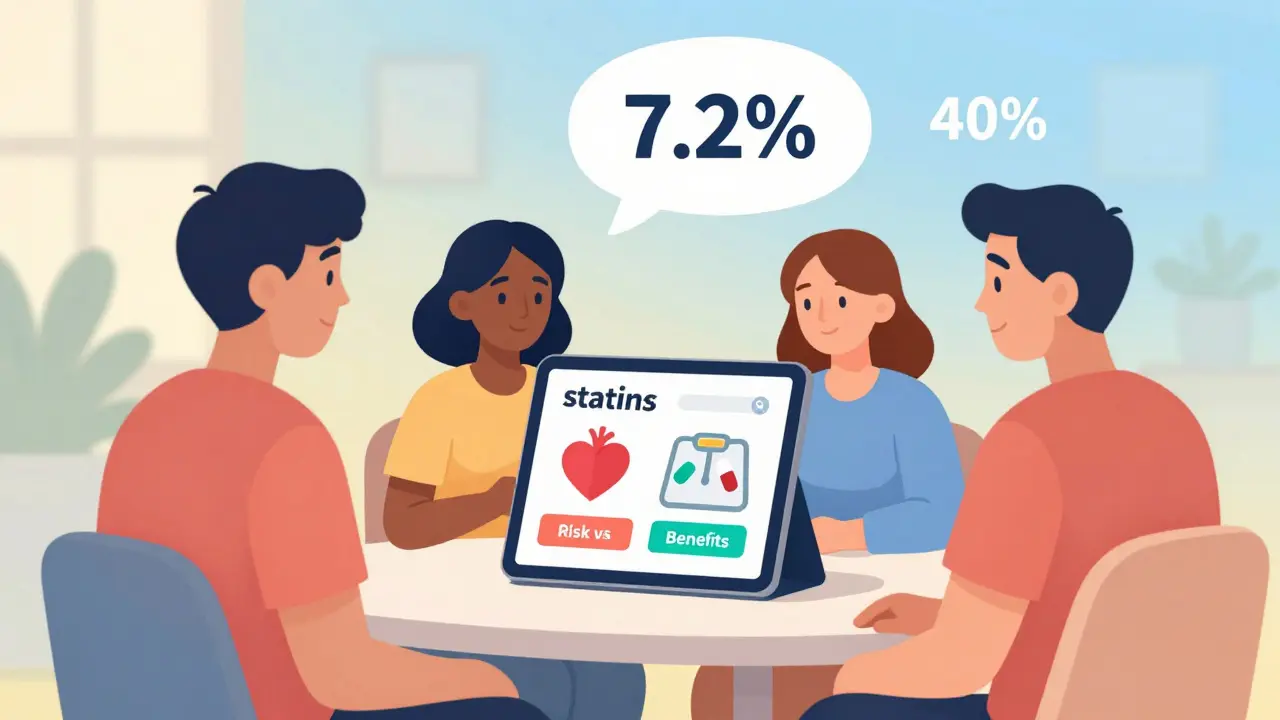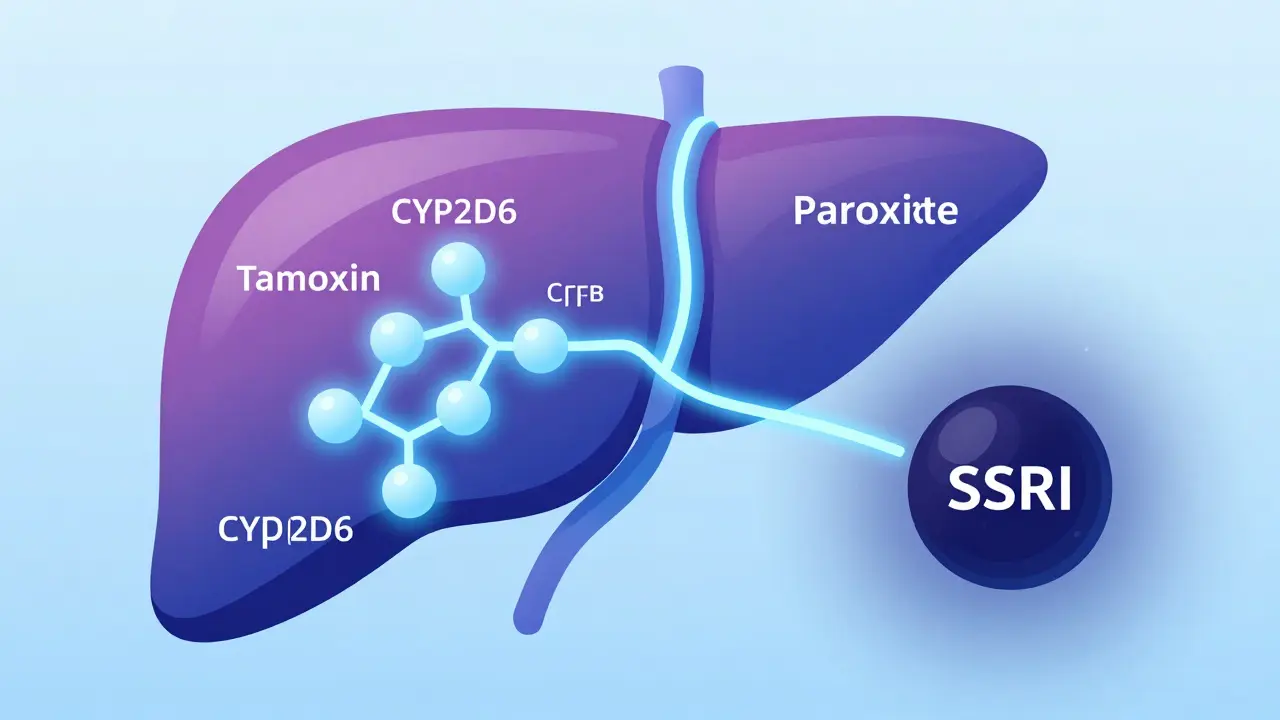Gabapentin vs Pregabalin: What Sets Them Apart?
If you’ve been prescribed a nerve‑pain pill or a seizure drug, chances are the doctor mentioned gabapentin or pregabalin. Both belong to the same drug family, but they’re not interchangeable. Knowing the practical differences can help you stick to the right dose, avoid unwanted side effects, and feel better faster.
How They Work (And Why It Matters)
Gabapentin and pregabalin were originally designed for epilepsy, but doctors discovered they calm down over‑active nerves. They bind to a protein called the α2‑δ subunit of calcium channels, which reduces the release of pain‑triggering signals. The main nuance is that pregabalin fits the slot tighter and does it faster, so it often works at a lower dose.
Because pregabalin is more potent, you’ll usually see a lower pill count compared with gabapentin for the same level of pain relief. That also means pregabalin can reach steady blood levels quicker, which is handy for flare‑ups.
Typical Uses and Dosing Basics
Both drugs treat nerve pain from diabetes, shingles, or spinal injuries, and they both act as add‑on therapy for seizures. Pregabalin also has FDA approval for generalized anxiety disorder in some countries, while gabapentin is sometimes used off‑label for restless leg syndrome.
Typical starting doses:
- Gabapentin: 300 mg three times a day (900 mg total). Doctors may increase by 300 mg every few days up to 1800‑3600 mg daily, based on response.
- Pregabalin: 75 mg twice a day (150 mg total). The dose can rise to 300 mg twice daily, with a max of 600 mg per day for most conditions.
Because pregabalin’s dose is lower, it’s easier to remember, but the price can be higher. Gabapentin is often cheaper, especially as a generic.
Side Effects You’ll Feel (And How to Manage Them)
Both meds share common side effects: dizziness, sleepiness, and mild swelling of the hands or feet. Pregabalin tends to cause more pronounced dizziness and can lead to weight gain faster than gabapentin.
If you notice nagging dizziness, try taking the pill with food or splitting the dose into smaller amounts throughout the day. Staying hydrated and moving slowly when getting up can also cut down on falls.
Choosing the Right One for You
Ask yourself these quick questions:
- Do you need fast relief for a painful flare? Pregabalin may work sooner.
- Is cost a big factor? Gabapentin is usually less expensive.
- Do you have a history of weight gain or swelling? Gabapentin might be gentler.
- Are you taking other meds that could interact? Both interact with antacids, but pregabalin has fewer drug‑interaction warnings.
Ultimately, your doctor will weigh these points with your medical history. Never switch or stop a medication without their guidance.
Practical Tips for Everyday Use
Keep a pill organizer, set alarms for each dose, and track how you feel in a simple notebook. Note any new side effects and share them at your next appointment. If you miss a dose, take it as soon as you remember—unless it’s almost time for the next one, then skip the missed dose and continue as scheduled.
Both gabapentin and pregabalin can improve quality of life when used correctly. Understanding the key differences helps you stay in control, avoid surprises, and get the pain relief you need.






